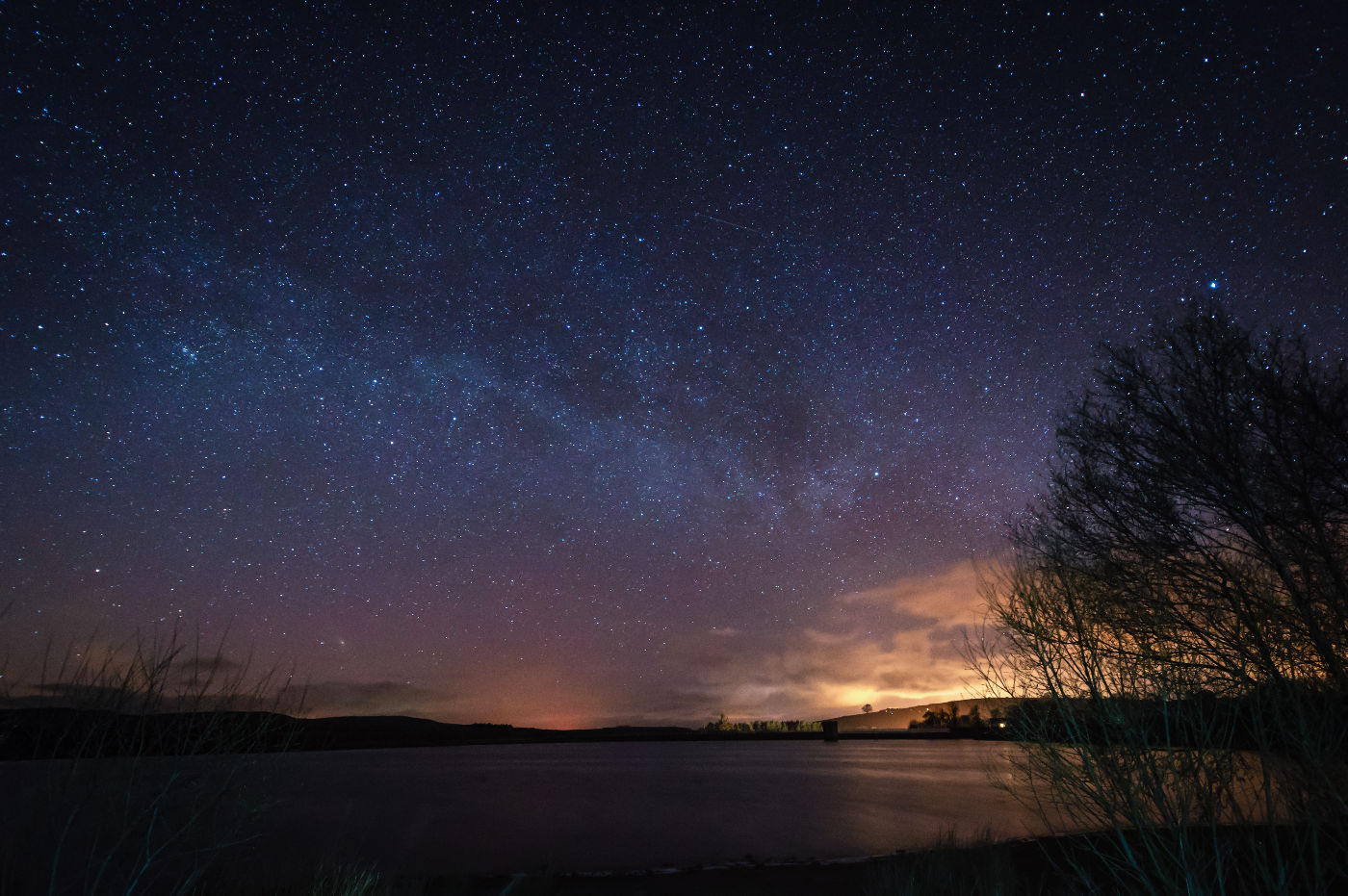
Skip to Section
- 1 Top 5 stargazing hotspots in the UK
- 1.0.1 1. Galloway Forest National Park, Dumfries & Galloway
- 1.0.2 Dark Sky Discovery Sites
- 1.0.3 1.Galloway Forest Park
- 1.0.4 2. South Downs National Park
- 1.0.5 Location of the darkest Skies
- 1.0.6 3. Brecon Beacons National Park, Wales
- 1.0.7 Amateur Astronomers Classes
- 1.0.8 Other Points of interest
- 1.0.9 4. Cairngorms National Park, Scotland
- 1.0.10 Dark Sky Events
- 1.0.11 5. Northumberland national park, Northumberland
- 1.0.12 Location
- 1.1 The bottom line:
This guide is about the top 5 dark sky locations, UK. If you’re in the USA and looking to shoot some stars, try our list of astrophotography locations in the USA.
This guide to the top dark sky discovery sites in the UK covers some fantastic location to visit and shoot night-sky time-lapse or photos.
Reducing light pollution
In order for the elements of the night sky such as the stars to be prominent in your image rather than light pollution, you want it to be dark.
In addition, because the stars move relative to the photographer’s perspective, longer exposures result in more relative movement; resulting in trails or simply inadequate sensor exposure to draw the celestial body from the ambient light.
Star trails may be an effect you desire, but you do not want barely visible stars on a slightly darker background – you want those stars to pop – you want it dark.
Dark Sky Reserve Areas
The UK boasts some of the most stunning and protected dark sky areas in the world. These locations have been awarded Dark Sky Reserve status due to their minimal light pollution, making them ideal for astrophotography.
International dark sky Park
An international dark sky park is usually a remote location with minimal light pollution and ideal for stargazing, making it perfect for capturing the night sky in all its glory.
Top 5 stargazing hotspots in the UK
1. Galloway Forest National Park, Dumfries & Galloway
With over 7000 stars visible to the naked eye, Galloway Forest National Park is considered a top destination for astrophotographers in Scotland, notable locations within the park include:
- Clatteringshaws Visitor Centre,
- Bruce’s Stone
- The Caldons Woodlands
For excellent dark sky views.
Dark Sky Discovery Sites
The UK Dark Sky Discovery Partnership is an organization that promotes dark sky sites across the UK. Their website provides a map and information on each of the designated sites, including:
1.Galloway Forest Park
Galloway Forest Park is largely in Dumfries and Galloway and contains much of the Galloway Hills.
Sections of the park are considered particularly dark, and places of note include Clatteringshaws visitor centre, which has views of some of the darkest sections of the park, and Carrick Forest Drive.
Clatteringshaws and Kirroughtree visitor centres host star-gazing events with dark sky experts.
The Scottish Dark Sky Observatory near Dalmellington also organizes events and has telescopes available for visitors.
2. South Downs National Park
This dark sky reserve is accessible to those in the greater London area and sprawls through sections of Hampshire, West, and East Sussex.
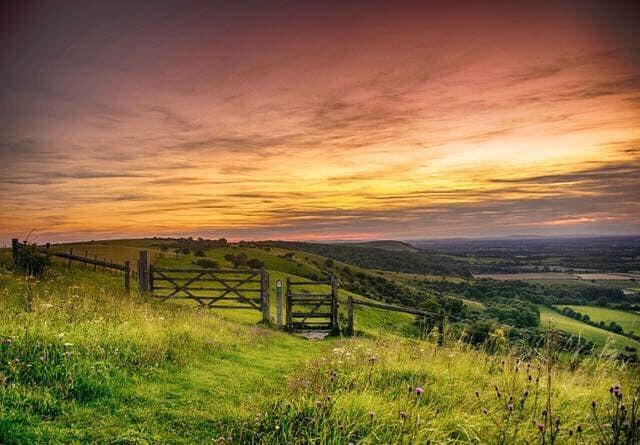
The park became registered as an international Dark Sky Reserve in 2016, with a large portion considered to have “bronze-level skies” (per the International Dark Sky Association), meaning the Milky Way and Andromeda galaxy are visible to the naked eye.
Location of the darkest Skies
There are several locales of interest to star gazers and night sky photographers – at least as a starting point:
- Winchester Science Centre and Planetarium,
- Old Winchester Hill,
- Butser Hill,
- Iping Common,
- Devil’s Dyke,
- Ditchling Beacon,
- And Birling Gap.
The park has an annual “Dark Skies” festival, which incorporates star parties, night hikes, astrophotography sessions among other activities as part of the festivities.
In 2011 South Downs became a national park, the most recent park to receive that designation.
The national park covers the chalk hills along the English Channel and wooded sandstone and clay hills know as the western Weald. The South Downs Way is a trail which runs the entire length of the park
3. Brecon Beacons National Park, Wales
Whether you want to spot The Plough or the Polaris (more commonly known as the North Star) both can be enjoyed at the Brecon Beacons National Park in Wales.
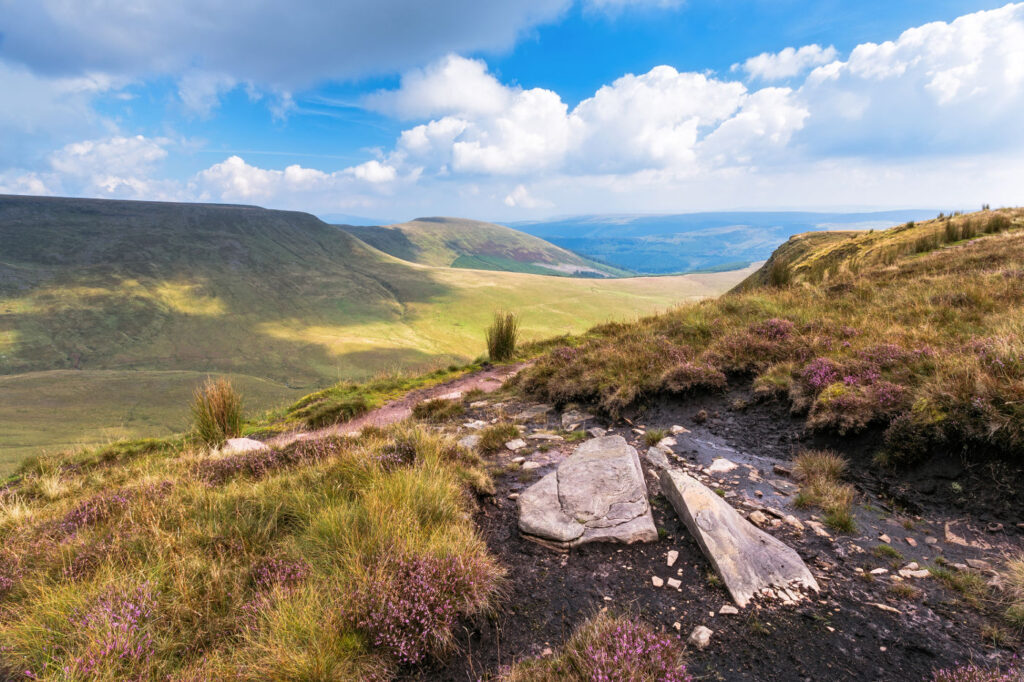
The only Dark Sky reserve in Wales, the local authorities go to great lengths to preserve the dark skies and reduce the effects of light pollution in the Beacons.
Amateur Astronomers Classes
Classes are offered by several different photographers on astrophotography at this location, and notable landscapes and regions to explore for photography include:
- Sgwd Clun Gwyn Waterfall,
- Henrhyd Waterfall,
- Craig Y Nos,
- Lyn Y Fan Fawr
- And Pens Y Fab.
Some addition notable spots are the Crai, Usk Reservoirs and the Llangorse Lakes.
The Brecon Beacon National Park spans Llandeilo in the west to Hay-on-Wye in the northeast and Pontypool in the southeast. Including the Black Mountain, Fforest Fawr, and the Brecon Beacons, and the highest peak in South Wales at Pen y Fan and the Black Mountains, a separate range, in the East.
Brecon Beacon became an international Dark Sky Reserve in February 2013.
Other Points of interest
The park is also known for waterfalls, such as the 90-foot (27 m) Henrhyd Waterfall and the falls at Ystradfellte, as well as the caves at Ogof Ffynnon Ddu.
A visitor centre at Brecon Beacons assists travellers in their exploration of the park.
The park also includes a small train which allows visitors to tour and travel the park conveniently without the use of cars.
The railway is known as the Brecon Mountain Railway. Parking is available outside the park at Pant Station.
4. Cairngorms National Park, Scotland
As the northernmost national park in the UK, Cairngorms is an excellent dark sky reserve and great location for astrophotography.
Several areas in the park are well suited stargazing spots and perfect for dark sky photography, such as Tomintoul and Glenlivet, where seeing the Aurora Borealis, or Northern Lights, is not uncommon as the park exists at the same latitude as parts of Norway and Alaska.
Not only are these two dark sky park sites particularly advantageous for astrophotography, they are also quite accessible.
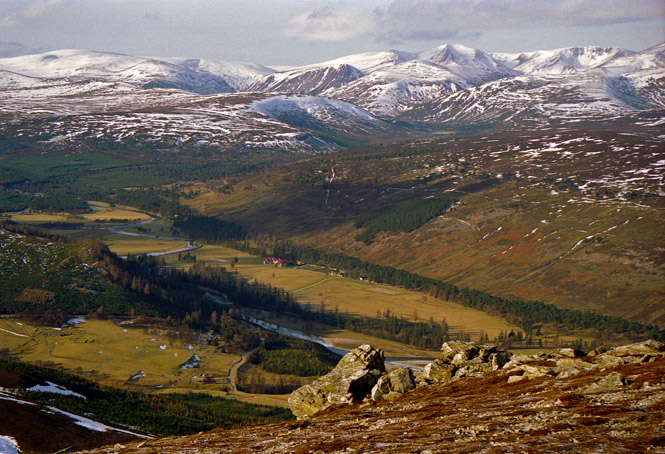
Dark Sky Events
There are astronomy, star-gazing and astrophotography events throughout the year at the park, geared toward familiarizing visitors with the park and the cultural significance of the dramatic dark night sky.
From these sites, an individual will be able to perceive the Andromeda galaxy with the unaided eye, and shooting stars are commonly seen.
With an adequate zoom lens, some star clusters can be seen, as well as some of the brighter nebulae, galaxies and globular clusters.
Several tours are available for those interested in astrophotography or star-gazing as well.
5. Northumberland national park, Northumberland
This international dark sky park has the distinction of being considered a gold-tier international Dark Sky Reserve which means a complete array of sky phenomena can be seen, such as:
- The northern lights,
- The Milky Way,
- Zodiacal light (sunlight scattered by space dust)
- Meteors.
There are 12 dark sky discovery sites and many local establishments that host events and Stonehaugh has a stargazing pavilion.
Kielder Observatory has its own events which include full-moon parties, night sky safaris and aurora nights.
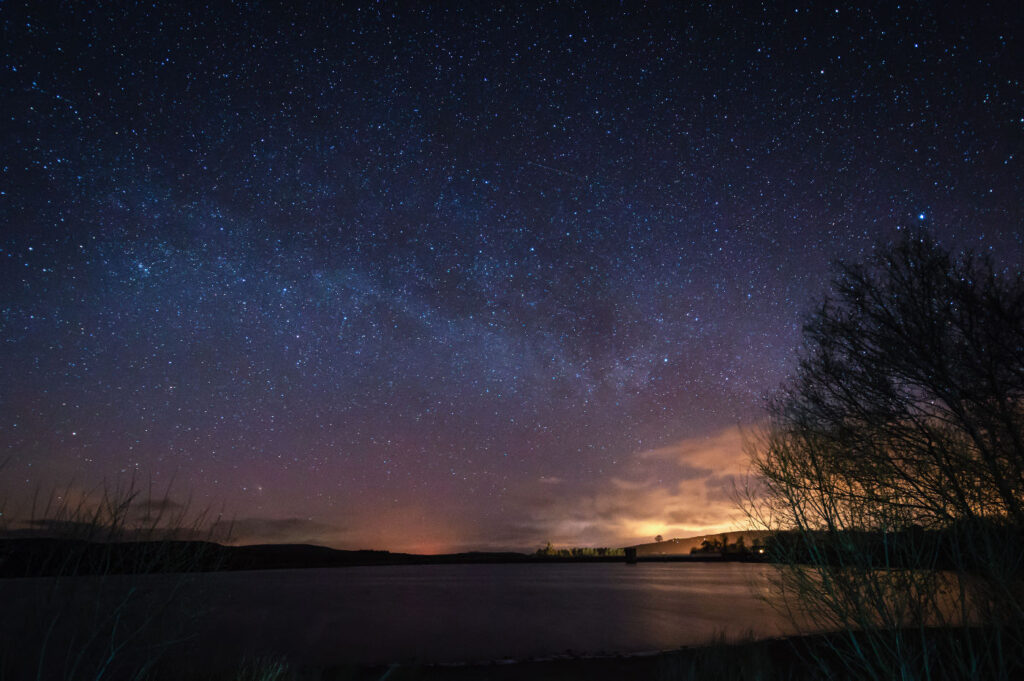
Location
Northumberland National Park is the northernmost national park in England.
It exists between the Scottish border in the north to just south of Hadrian’s Wall, and it is one of the least populated and least visited of the dark skies National Parks.
There are several different landscapes in the park, from the Cheviot Hills to areas of rolling moorland to sections of Hadrian’s Wall, an installation built during the Roman occupation.
With its rich history, there are many interesting archaeological sites that have the potential to enrich a night sky photograph.
In 2013 the International Dark-Sky Association announced Northumberland and Kielder as a Dark Sky Park – the largest protected dark sky park in Europe.
For further opportunities to explore astrophotography, check out the International Dark-Sky Association’s Dark Sky Places.
Good suggestions – i love the brecon beacons! And south downs is exactly the sort of location I am looking for. I would like to check out cairngorms! Before this article, I hadn’t heard of it before – i am only a casual/hobbyist photographer, but cairngorms seems remarkable. I was looking for some more photographic opportunities near London, but I still find this article very informative – it would be nice if there were an article with more unconventional options for night sky photography specifically in the London area. I would be interested if there are any more locales nearer to me. As for Cairngorms, I may not be getting that far north for some time – but hopefully, by then, I will have improved my equipment. I have found a lot of enjoyment out of photographing stars, but I am just a beginner. Dark skies are difficult to find in the UK! I am hoping to have a better low-light camera soon and start doing more astrophotography. one issue that should be noted is the cloudiness – often astrophotography is complicated by the cloud-cover here in the London area and the South – and I imagine it’s worse in the North and in Scotland… I am curious if you know the likelihood of a clear sky in cairngorms? Northumberland? Galloway? I imagine it’s just as tricky as at south downs. Cheers!
Pingback: Top 10 Astrophotography Locations in the USA - Pro-Lapse